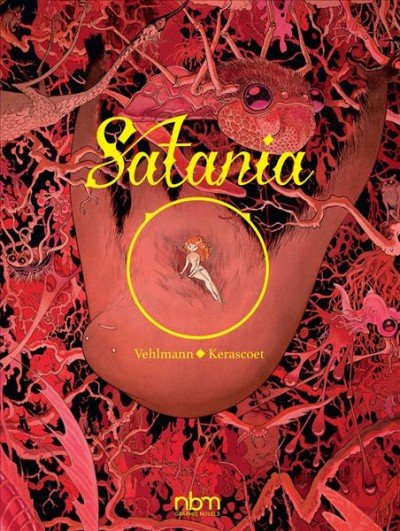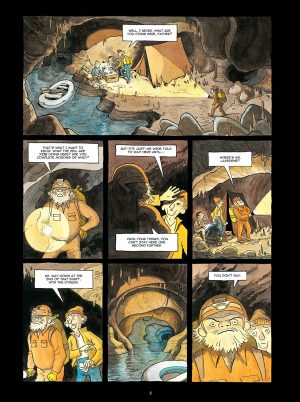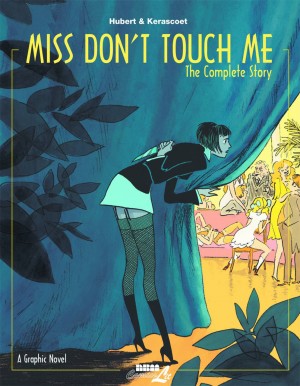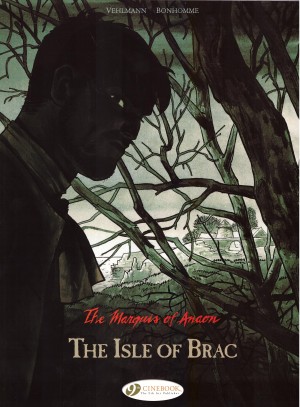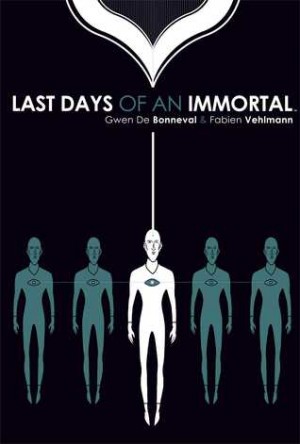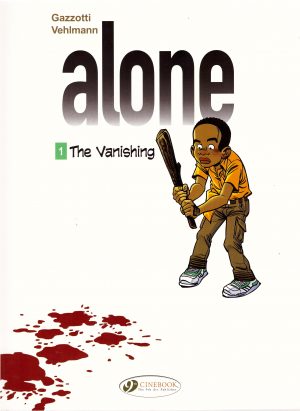Review by Frank Plowright
Two months before the opening of Satania an explorer disappears in tremendously deep caves beneath France. He’d been attempting to prove the literal existence of hell, but as populated by a species of human that adapted genetically to living miles beneath the ground. The search party looking for him includes his younger sister Charlie, who has a greater faith that he’s still living than some of the remainder.
Satania is the work of the same creative team responsible for the profoundly disturbing Beautiful Darkness. As with that book Fabien Vehlmann has an unsentimental view of the cast and a great imagination, but its realisation depends very heavily on the art team of Kerascoët (Marie Pommepuy and Sébastien Cosset). They’re called upon to realise Vehlmann’s visions of subterrania, creating rock like creatures, giant fluorescent insects, and creatures incredibly vast by even blue whale stadards. Vehlmann posits even larger creatures as part of the mind-boggling suggestions that populate the story.
Don’t expect a second Beautiful Darkness. While it shares themes of abominable behaviour under extreme pressure, increasing fragmentation, and the inevitability of nature, Satania has a very different objective. In terms of the mood set it’s akin to the horror film in which a group of people in a confined location are subject to the terror of the unknown, and where the environment can be as deadly as any hockey masked killer. This is mitigated to some extent by Kerascoët defining the cast in friendly cartoon fashion, so that even the potentially terrifying creatures rarely reveal their true savagery. Of course, the design ensures when that occurs it’s even more shocking than it would be otherwise. Elsewhere, theirs is a very textured approach, with their bouncy cast given a depth by the carefully cultivated backgrounds.
The cast distils to someone who’s influential late on, Charlie, and Father Monsore, a middle-aged priest whose knowledge of the local caverns exceeds that of anyone else. He’s challenged not just by the environment, but by discoveries that attack the core foundations of his beliefs, eventually becoming almost Darwinian in his observations about unknown species. He, however, is the exception, and beyond her fearlessness and belief, Charlie has little personality.
For all the care, quirkiness and visual spectacle, Satania falls a little short. The pace at which it unfolds is too leisurely for over half the book, so the tension sometimes feels very artificial. Any plot is secondary to Vehlmann’s desire to include conjecture about systems of life and our own ignorance, or perhaps close-mindedness, and fascinating though some of it is, it renders this journey to the centre of the Earth as enlightening, but not compelling.
